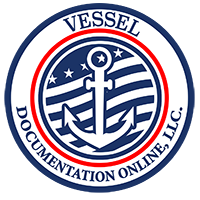A lifejacket or a personal flotation device is a must-have item in your boat. It keeps you afloat if you fall off your boat or in case of sinking. It’s also the most useful item if you get stranded after your boat experienced a serious problem. Don’t just buy an item because of its color, style, and the brand. Make sure that you consider these National Vessel Documentation Center‘s recommendations on life jackets.
Picking the right one
Some riders don’t want to wear the old-school life jacket. It’s the one with a bright orange color. A personal watercraft, type III vest style is more appropriate. It fits comfortably, and it doesn’t limit movements even in excess bulk. Type III life jackets have a minimum buoyancy of 15.5 pounds. It’s more than enough to keep your head and chin above the water. However, it’s not ideal to float a rider face-up if he/she is unconscious.
Most Type III life jackets have variations. Some are perfect for racers who wish to have continuous chest protection. It’s known as pullover vest. This version buckles on the side, and it has thicker flotation device in the chest area. It’s useful if you hit a wave. The float coat is ideal for the cool weather. It’s a water-repellent jacket that incorporates flotation foam that qualifies as a type III life jacket. But it also offers additional warmth and style.
Type III life jackets feature PVC to allow the rider to float and to make regular movements. Nylon covers most vests. It’s a durable material that allows manufacturers to create vests in various styles and colors. Furthermore, nylon won’t soak up water. It also dries quickly, and it protects the foam from damage.
You can also opt for a neoprene vest. It offers a form fitting feature that’s more comfortable to wear than nylon. However, it has a double-edged sword. This type of life jackets are ideal to use during a cool weather as they add an extra layer of warmth. But during the hot season, it can be a little toasty. Furthermore, neoprene vest is more expensive than its nylon counterpart.
Regardless of what life jacket you choose, it’s vital to have sufficient numbers on your boat before you go sailing. In addition to having this must-have item in your boat, ensure that your ship is properly documented or registered. Keep in mind that you can’t go and sail without proper documents.
If you need to document your vessel, please visit our page https://usvesseldocumentation.center/ or call us at +1 (800) 340-7580.



